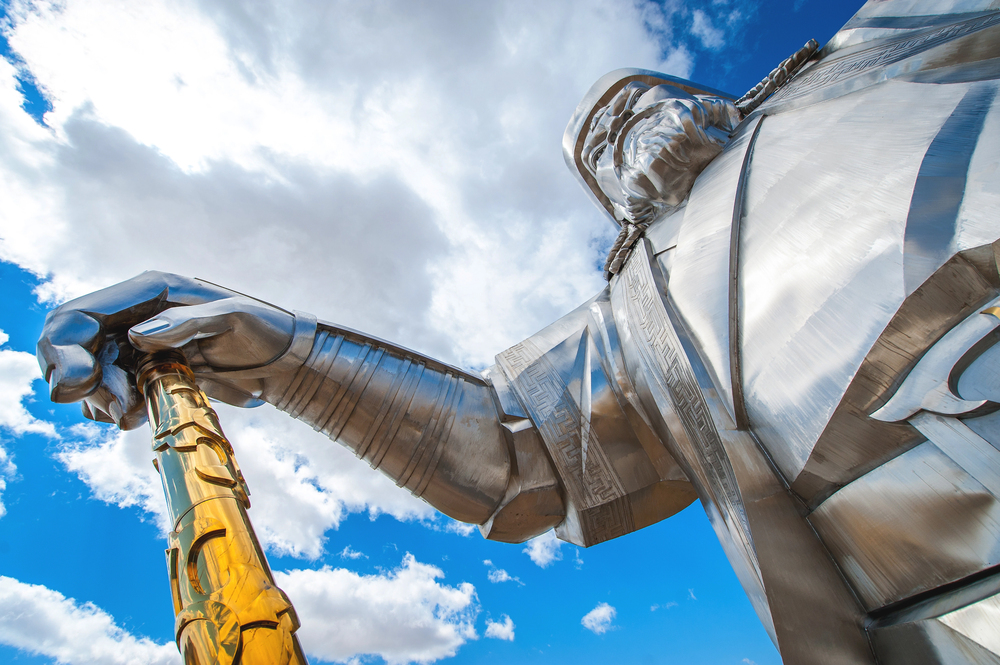Uncovering the Stories Behind the World's Most Famous Artifacts
Lila Rose
2025-10-15
6 min read

Artifacts are more than just relics of the past. They’re bridges that connect us to history, weaving stories of civilizations, ambitions, and mysteries. From glittering treasures to mundane everyday tools that symbolize significant developments, these pieces hold insights into how humanity shaped its culture and identity. Behind each one is a tale waiting to be told, often tinged with curiosity, drama, and wonder. This blog takes you on a journey through time to explore the stories behind some of the world’s most iconic artifacts. Prepare to uncover the meaning they hold and the secrets they reveal about the people who created them.
The Rosetta Stone Ancient Code Breaker
One of the most celebrated artifacts in the world is the Rosetta Stone. Discovered in 1799 in Egypt by a French soldier, this inscribed slab of granodiorite became the key to deciphering Egyptian hieroglyphs. What makes the stone remarkable is its tri-lingual inscription; it contains the same text written in three scripts – Greek, Demotic, and hieroglyphic. For centuries, scholars had been mystified by the enigmatic symbols that dominated Egyptian temple walls and papyri. The Rosetta Stone provided a breakthrough, with Greek serving as the decipherable anchor that enabled researchers like Jean-François Champollion to unlock the mysteries of ancient Egypt’s language. Beyond being an archaeological treasure, the Rosetta Stone represents the enduring power of human curiosity and determination to understand the past.
The Terracotta Army Legacy of a Fearful Emperor
When workers were digging a well in Xi’an, China, in 1974, they stumbled upon what would become one of the most astonishing archaeological discoveries in history – the Terracotta Army. Thousands of life-sized clay soldiers, horses, and chariots were unearthed, standing in formation to guard the tomb of Qin Shi Huang, China’s first emperor, who ruled from 221-210 BCE. What makes the Terracotta Army so extraordinary is its individuality. Each soldier has unique facial expressions, hairstyles, and clothing details, suggesting a level of craftsmanship that remains unparalleled even today. The army symbolizes Qin Shi Huang’s obsession with immortality and his belief that these warriors would protect him in the afterlife. But it’s also a chilling look into the cost of power. Historical records suggest that thousands of laborers likely worked under harsh conditions, possibly sacrificing their lives to create this posthumous protection.

The Hope Diamond A Jewel with a Mysterious Past
Few artifacts in history blend allure and superstition as seamlessly as the Hope Diamond. This deep-blue gemstone, weighing an impressive 45.52 carats, has captivated and terrified since its discovery in India centuries ago. The diamond’s remarkable brilliance comes from its rare boron content, but it’s the accompanying legends that truly capture our imagination. The Hope Diamond is often said to be cursed. Owners throughout history have faced dramatic falls from grace, financial ruin, and even tragic deaths. While many of these stories are likely exaggerated or fictional, they’ve added an air of mystery to this already exceptional jewel. Now housed in the Smithsonian Institution, the diamond continues to draw visitors eager to admire its beauty and ponder its history.
The Moai of Easter Island Monumental Mystery
Standing stoic and enigmatic on the windswept shores of Easter Island (Rapa Nui) are the Moai statues. Carved between 1250 and 1500 CE by the island’s Polynesian inhabitants, these towering stone figures have puzzled researchers for centuries. With their distinct elongated features and unreadable expressions, they compel us to imagine the intentions behind their creation. Theories abound. Some believe the Moai represented ancestors or spiritual leaders who were thought to have protective powers. Others suggest they symbolized the islanders’ aspirations and social organization. Yet, the most intriguing question revolves around how they were transported. The statues, some weighing over 80 tons, were moved across significant distances without modern machinery. It’s a testament to human ingenuity and resilience that these creations exist at all.
The Dead Sea Scrolls Ancient Wisdom Preserved
Hidden for nearly two millennia, the Dead Sea Scrolls emerged from the Judean Desert in 1947 when a Bedouin shepherd stumbled upon the first fragments in a cave. Dating from about the third century BCE to the first century CE, the scrolls include some of the oldest known manuscripts of the Hebrew Bible, along with non-biblical texts offering insights into Jewish life and culture during a defining era. Their discovery reshaped biblical scholarship and deepened our understanding of early Judaism and the roots of Christianity. The extraordinary preservation of these manuscripts in the arid desert climate is a reminder of the fragility and longevity of human knowledge.
Why Artifacts Matter Beyond the Display Case
Artifacts like the Rosetta Stone, the Terracotta Army, and the Dead Sea Scrolls are not merely items preserved in museums or tourist sites. They are active storytellers, offering glimpses into human creativity, aspirations, and challenges. Each scratch, mark, and detail on an artifact serves as a physical reminder of the lives, dreams, and tragedies that have shaped our world. Visiting these pieces or learning about their histories connects us to our global heritage. They remind us that, while time marches on, the human desire to create, preserve, and communicate remains constant.



